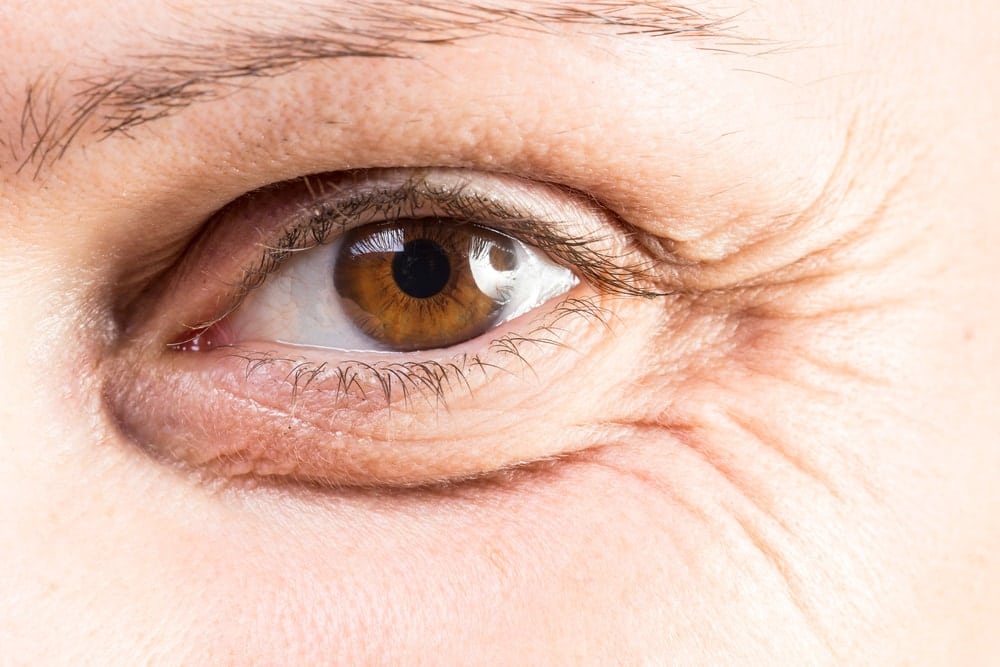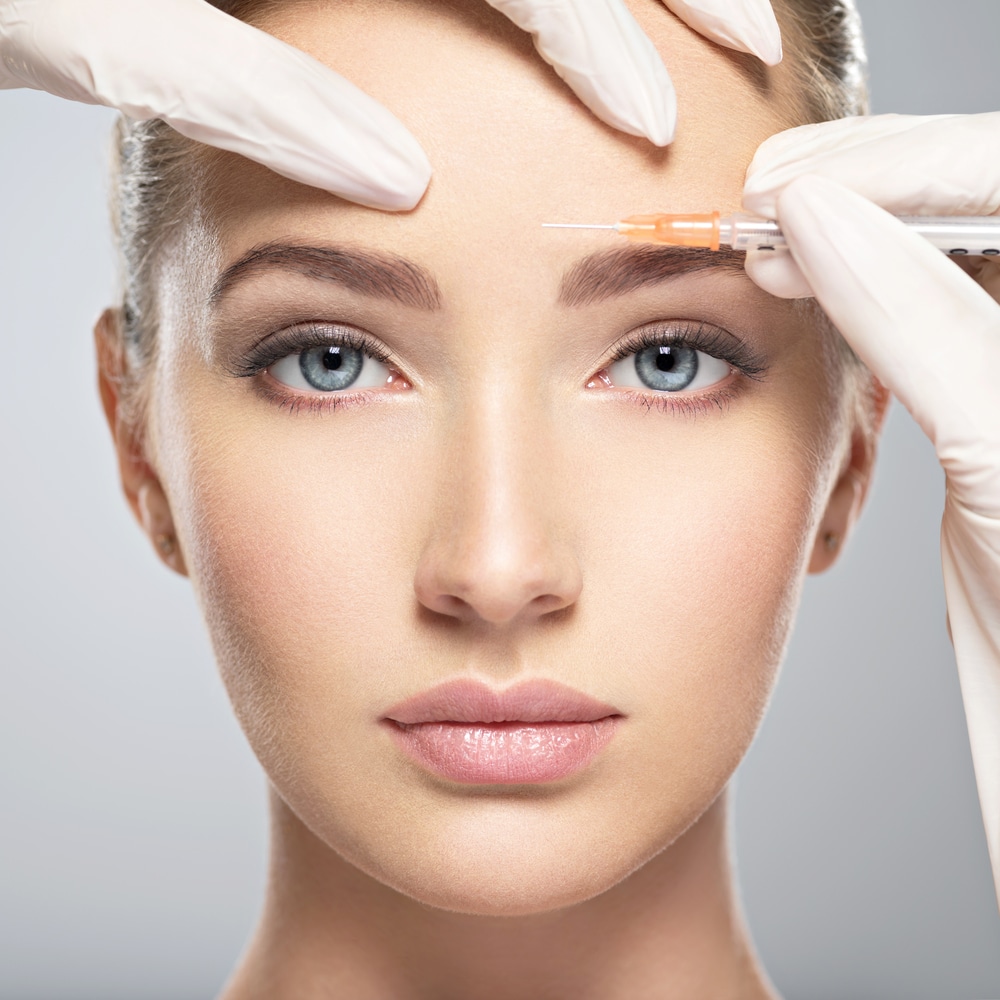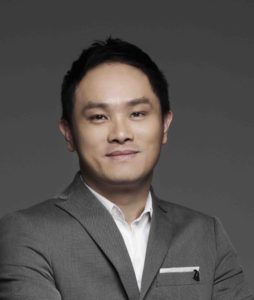
5 Basic Things You Need To Know About Botox in Singapore
- July 24, 2019



Botox contains a purified protein extracted from the Clostridium botulinum bacteria. The organism produces one of the world’s most toxic substances known to mankind, the botulinum toxin.
(Botox was first approved by the FDA for cosmetic use on frown lines in 2002 and gradually expanded to include many other approved indications.
But because Botox’s purified form only contains 1 of 8 types of botulinum toxin produced by the bacteria, it does not have the same poisonous effects as when all 8 types of botulinum toxins are delivered all at once.
That’s not to say you should concoct your own formula of botulinum toxin. The United States Food and Drug Administration regulates the production of Botox under strict protocols and processes.
Only certified doctors are allowed to administer Botox treatments in Singapore.
Made famous by the media for erasing lines and wrinkles, Botox is much more than that.
(Botox was first developed to treat Strabismus, a form of misalignment of the eyes.)
Cosmetically, it can help correct certain asymmetries on the face such as a crooked smile. It can also slim the jaws and sharpen the face, lift hooded brows, and even reduce the activity of your skin’s oil glands.
Botox is also widely used for therapeutic purposes. Some examples include controlling overactive sweat glands, correcting misaligned eyes, relieving migraines, and more.
Another thing the drug is famous for – the frozen, expressionless look.
Often seen on television and the silver screen as examples of plastic surgery gone wrong, these characters are unable to express their emotions on their faces.
Such caricatures are often just that; when performed by an experienced medical practitioner, especially in Singapore, Botox treatments rarely produce such “dramatic” results.
And even when treatments do go south, they usually resolve on their own as the effects wear off within months.
Moreover, patients also have a part to play in achieving natural-looking Botox results; more is not always better.
Botox is a neuromodulator. It blocks certain nerve signals wherever it’s injected.
When applied to the facial muscles, botox has a unique ability to decrease activity of the muscles responsible for skin folding and wrinkling, hence reducing the formation of wrinkles and fine lines.
Fillers, on the other hand, are exactly what their name suggests. They are substances injected underneath the skin to fill in loss volume or to enhance the look of certain areas of the face or body.
Botox, in and of itself, is not addictive. There are no addictive side effects with its use.
What patients get used to are the results they see with Botox treatments; the stopping of which simply means the return to how they were before treated.
You will not look worse off after stopping treatments, nor will you suffer any withdrawal effects.
Should Botox not be your cup of tea, or if you simply want a non-invasive treatment, you could also consider High-intensity focused ultrasound (HIFU) in Singapore, which helps to tighten loose skin around the facial area.
[21 August 2019] A blog post by Dr. Kelvin Chua

Dr Kelvin Chua started his surgical training in Australia, teaching for several years in the hospitals, and spent time in dermatology and surgical rotations.
Over the course of 15 years, Kelvin has since performed more than 1,000 successful cases of liposuction procedures and Botox and filler treatments under his belt. With a keen interest in non-invasive facial contouring and lifting techniques as well as liposuction for body contouring procedures, he also performs HIFU, Thermage FLX, Fractional CO2 laser, Radiofrequency, hair loss management & treatment, as well as moles and lumps removal.
With a strong passion for inspiring others through teaching, Kelvin is a motivational speaker at Republic Polytechnic, an appointed trainer for aesthetic institutions and cosmeceutical companies, and is a mentor to aspiring aesthetic doctors.
For more information, write to contact@slclinic.com.sg
To contact Dr Kelvin Chua, write to kelvin@slclinic.com.sg
Like what you read? Share them!